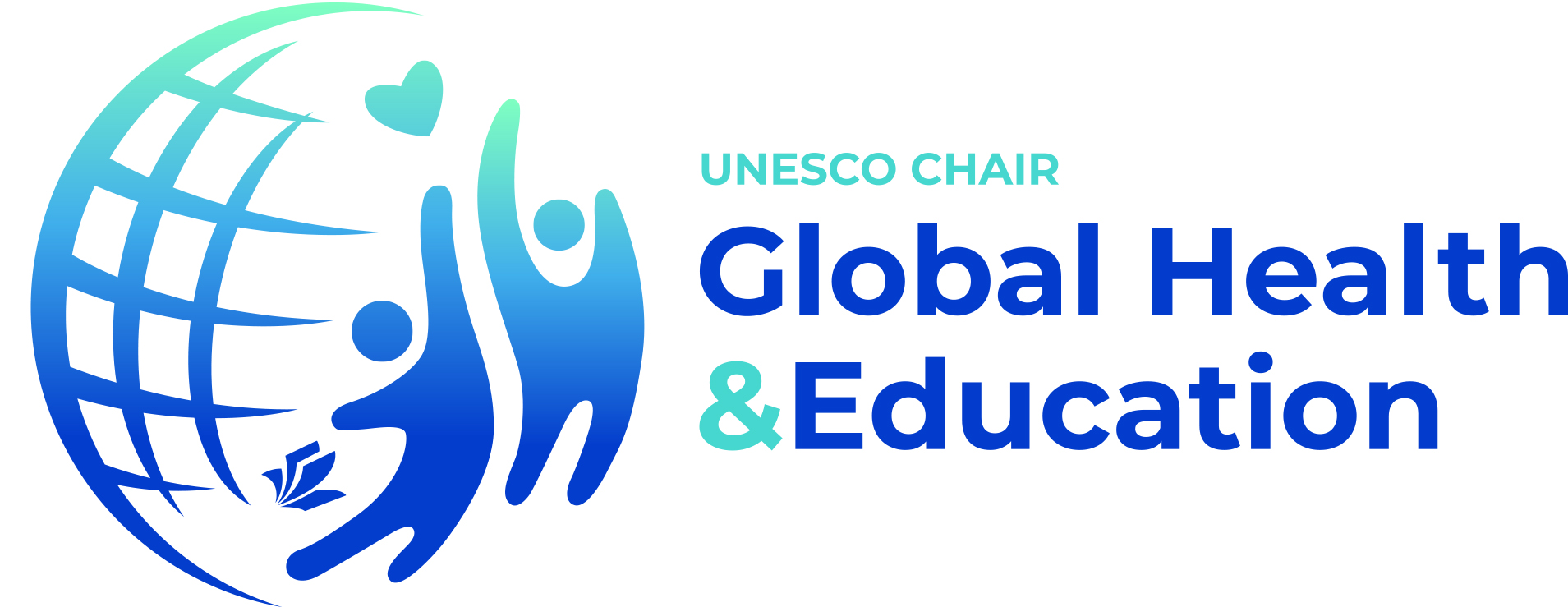One of the survey questions was whether professionals working in schools received the necessary support to adapt their practice to the new reality imposed by COVID-19 and its potential transmission in their establishments. This question was essential to better understand the daily life of staff in schools. The majority (88%) of respondents reports that they received guidance for reopening after the first lockdown. Did they get enough time to put infection control measures in place when reopening the schools? The respondents are almost equally divided: half of them reports to have received guidance and enough time, and another half did not – or has doubts about it.
What was the guidance received about?
It seems that the various aspects of the pandemic haven’t been covered equally (see table 2). More than half of the respondents did not get training on two more general aspects: understanding the impact of the pandemic on schools, and maintaining wellbeing for students and staff. Training has been better for technical elements to be applied on a daily basis by the professionals, like putting infection control measures in place, explaining measures to students, or what to do in case there is an infection outbreak in the school. However, for the majority of respondents no training or not enough training occurred on most aspects of the pandemic.

What were the sources of information?
Schools have been the provider of most training and guidance. So what about the respondents who don’t work in a school? Where did they get their knowledge about school infection control measures? The respondents of the survey were able to name multiple sources they use, and they are very diverse (see table 3). Most of the sources have been cited by at least 25% of respondents. Half of the respondents get information from their National Ministry of Health. Informal sources were frequently mentioned: 40% of respondents get their information from the media, or from their own experience as parent/grandparent.

For more information:
